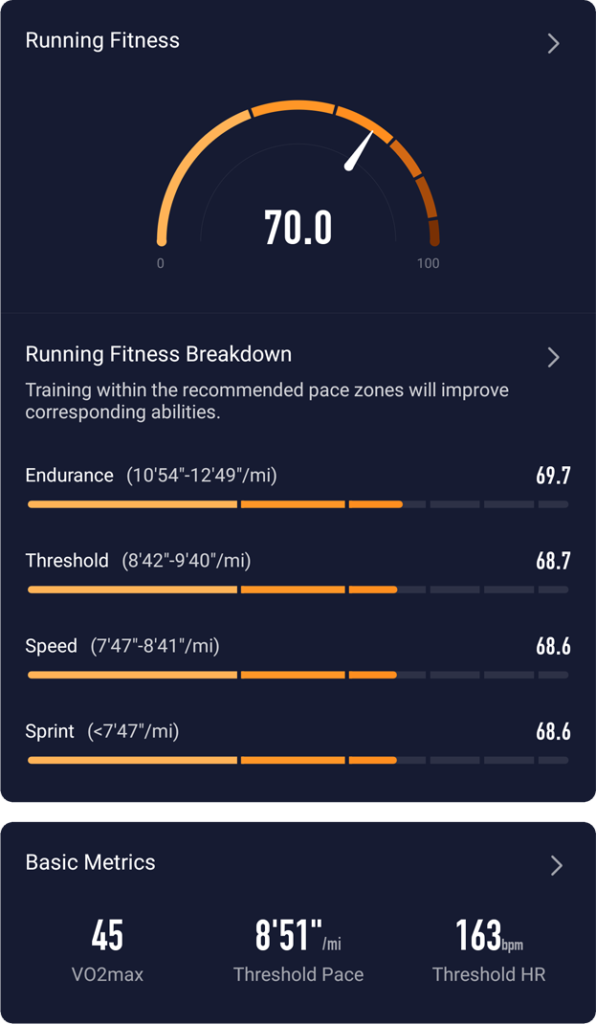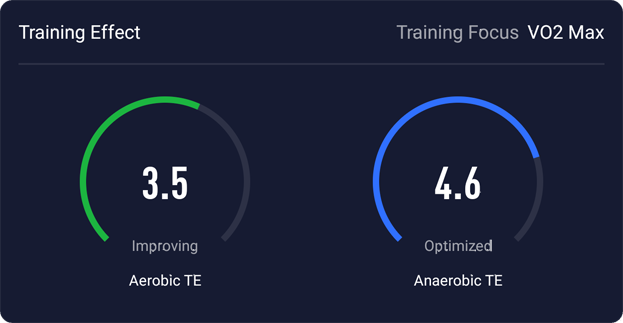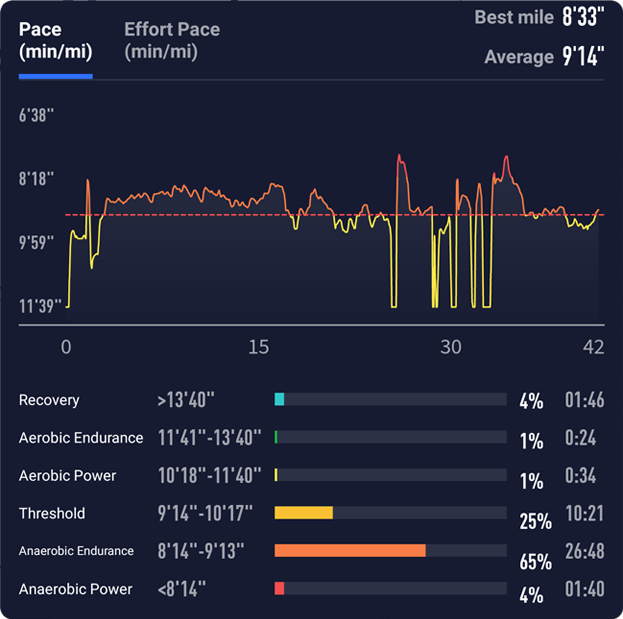Enhancing Your Anaerobic Performance Base with the Keto Diet: A Guide to VO2 Max and Lactate Threshold Training
Preparing for a 100-mile ultramarathon is no small feat. To successfully conquer such an endurance challenge, it’s crucial to optimise your physical performance. One of the key aspects of ultramarathon training is developing a strong anaerobic base, and if you’re following a strict ketogenic diet like me, there are specific strategies you can employ to achieve this. In this blog, I’ll explore (as intricately as I can) the relationship between the keto diet, VO2 max, lactate threshold and how I am enhancing my anaerobic base for peak performance.

Understanding VO2 Max
VO2 max, or maximal oxygen consumption, is a critical metric in endurance training. It represents the maximum amount of oxygen your body can utilise during intense exercise. This value is significant because it determines how efficiently your muscles can work, especially when combined with a fuel source, whether it’s body fat or carbohydrates.

VO2 Max Testing
To assess your VO2 max, a cardio pulmonary exercise test (VO2 max test) is conducted. During this test, you gradually ramp up the intensity of your exercise until you reach maximum effort. Throughout the test, your heart rate response, breathing rate, and the composition of the air you breathe in and out are monitored. This data helps determine your individual physiology and anaerobic capacity.
The Role of Lactate Threshold
As you approach your lactate threshold, your body’s energy source shifts from predominantly burning body fat to carbohydrates. The lactate threshold is the point at which lactic acid accumulates in the muscles faster than your body can clear it. This shift is marked by increased breathing rate and muscle fatigue.

Anaerobic Threshold
The anaerobic threshold is the point where your body switches over to burning carbs as its primary fuel source. This shift is associated with a noticeable increase in breathing depth and frequency and a sensation of muscle burning.
Building a Strong Anaerobic Base on Keto:
- Optimise Your Ketogenic Diet – Ensure that your keto diet is well-balanced and provides sufficient fat for energy. Experiment with different fat sources to find what works best for you.
- Interval Training – Incorporate high-intensity interval training (HIIT) into your regimen. Therefore this type of training can help increase your lactate threshold and improve your body’s ability to use fat for fuel, even at higher intensities.
- Long, Slow Distance (LSD) Runs – Regularly include long, slow-distance runs in your training schedule. These low-intensity, extended efforts can help build your anaerobic base and teach your body to use fat efficiently.
- Nutrition Timing – Consider timing your carbohydrate intake strategically. Some athletes on keto diets consume small amounts of carbs before or during intense workouts to help maintain energy levels without fully shifting out of ketosis.
- Supplement Wisely – Explore supplements like exogenous ketones and electrolytes for instance to support your training and recovery.
- Monitoring and Adjusting – Continuously monitor your progress and adjust your training and nutrition as needed. For instance this may involve periodic VO2 max testing to track improvements.
In conclusion, by developing a robust anaerobic base while following a ketogenic diet looks to be possible. Above all, by understanding the relationship between VO2 max, lactate threshold, and the keto diet, I can tailor my training and nutrition to optimise my performance. However, it is important to remember that every athlete is unique. It’s essential to experiment and find what works best for you. With dedication, smart training with a focus on anaerobic performance, and a well-balanced keto diet, I hope to be well-prepared to tackle the 100-mile EPONA ultramarathon in the summer of 2024.






